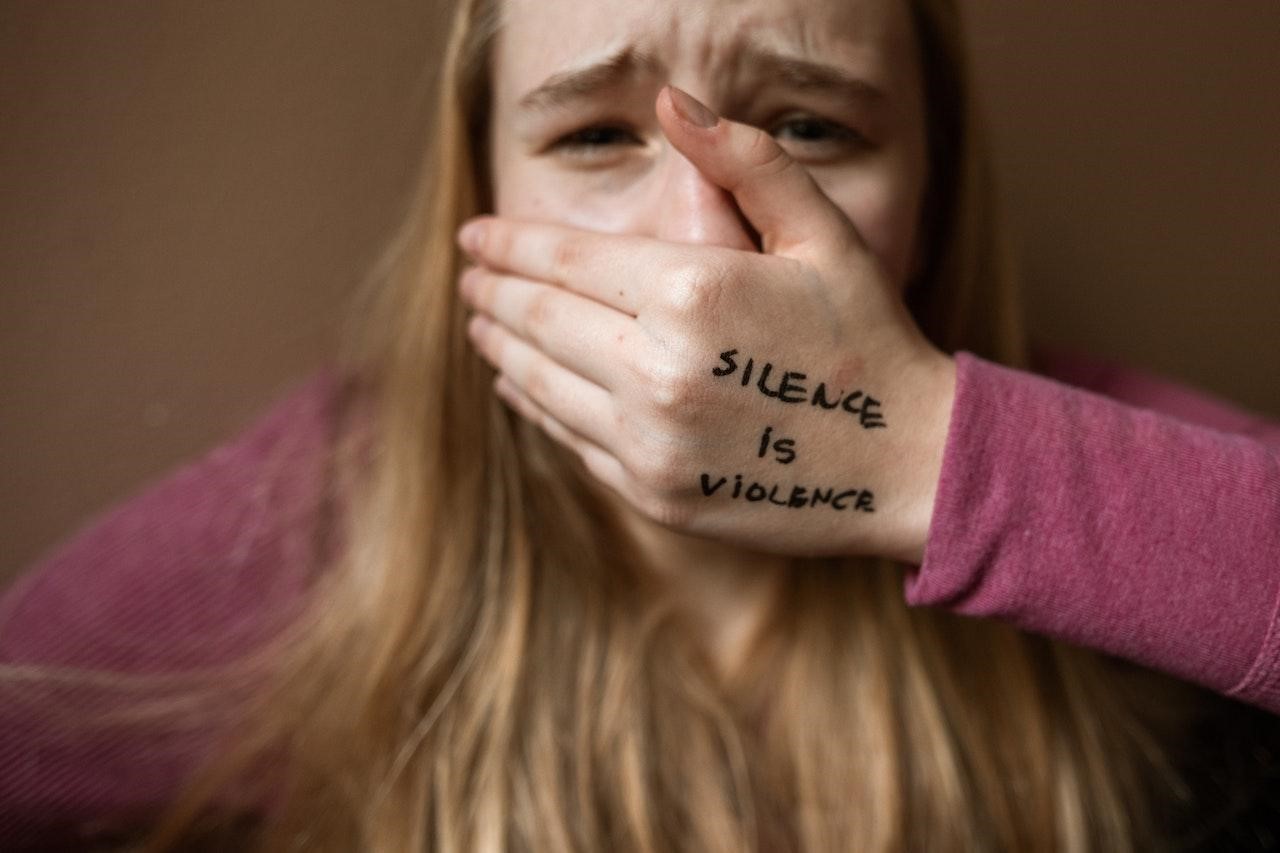Domestic Violence Support: Breaking the Cycle
Domestic violence is a pervasive issue that profoundly impacts individuals and families. Recognizing the signs of domestic violence is crucial for intervention and support.
Understanding the cycle of abuse can provide insight into the complexity of this issue.
Building a strong support system for survivors is essential in their journey towards recovery and healing.
This article aims to provide information, empathy, and guidance by offering steps to break the cycle of domestic violence and promote positive change within affected communities.
The Impact of Domestic Violence on Individuals and Families
To address the impact of domestic violence on individuals and families, domestic violence support plays a critical role, encompassing physical, emotional, and psychological harm, as well as disruptions in social relationships and economic stability.
Emotional trauma is a common consequence of domestic violence, causing long-term effects that can persist even after the abusive relationship has ended. Individuals who experience domestic violence often suffer from anxiety, depression, low self-esteem, and post-traumatic stress disorder (PTSD). These emotional scars may hinder their ability to form healthy relationships or trust others in the future.
Additionally, children who witness domestic violence within their families are at an increased risk of developing behavioral problems, academic difficulties, and experiencing abuse themselves later in life.
The long-term effects of domestic violence on individuals and families highlight the urgent need for intervention and support services to break the cycle of abuse and promote healing.
Recognizing the Signs of Domestic Violence
One way to identify instances of abuse is by being knowledgeable about the indicators. Recognizing the signs of domestic violence is crucial in order to provide support and assistance to those who may be experiencing such abuse.
Warning signs can manifest in various ways, such as physical injuries, changes in behavior or personality, isolation from friends and family, and controlling behaviors exhibited by a partner. It is important for individuals to be aware of these warning signs so that they can intervene when necessary and offer help to those affected by domestic violence.
Seeking help is essential for both survivors and witnesses of abuse. There are numerous resources available, including hotlines, shelters, counseling services, and support groups that can provide guidance and assistance in breaking the cycle of domestic violence.
Understanding the Cycle of Abuse
Understanding the dynamics of abuse involves comprehending the repetitive patterns that perpetrators engage in to exert control and power over their victims. Breaking free from an abusive relationship can be a challenging process, as it often requires not only physical separation but also emotional healing.
Recognizing the signs of abuse is an essential first step towards seeking help and breaking the cycle. It is important for survivors to understand that they are not alone and that there are support systems available to assist them on their journey towards recovery.
Seeking help from professionals, such as counselors or domestic violence hotlines, can provide survivors with guidance, validation, and resources to break free from the cycle of abuse. By accessing these supportive services, individuals can regain their autonomy and work towards rebuilding their lives in a safe environment free from violence.
Building a Support System for Survivors
Developing a network of reliable resources and connections is crucial for survivors of abuse to receive the necessary assistance and encouragement on their path to recovery. Support groups play a vital role in providing survivors with a safe space where they can share their experiences, gain support from others who have gone through similar situations, and learn coping strategies. These groups offer an empathetic environment that fosters healing and growth.
Additionally, therapy options such as individual counseling or group therapy sessions can provide survivors with professional guidance and help them work through trauma-related issues. Therapists trained in trauma-informed care can assist survivors in addressing the emotional, psychological, and physical effects of abuse.
Breaking the Cycle: Steps to Recovery and Healing
Addressing the emotional, psychological, and physical effects of abuse is crucial for survivors to initiate their journey towards recovery and healing. Overcoming trauma requires a systematic approach that encompasses various steps to facilitate the healing process.
Firstly, survivors need to acknowledge their experiences and seek professional help or support groups where they can express their emotions in a safe environment. Validating these emotions is essential as it helps survivors regain control over their lives.
Secondly, survivors should engage in self-care practices such as exercising regularly, practicing mindfulness techniques, and maintaining a healthy lifestyle. These activities promote physical well-being and provide an outlet for emotional release.
Additionally, survivors can benefit from therapy sessions that focus on rebuilding self-esteem and developing coping mechanisms to manage triggers effectively.

